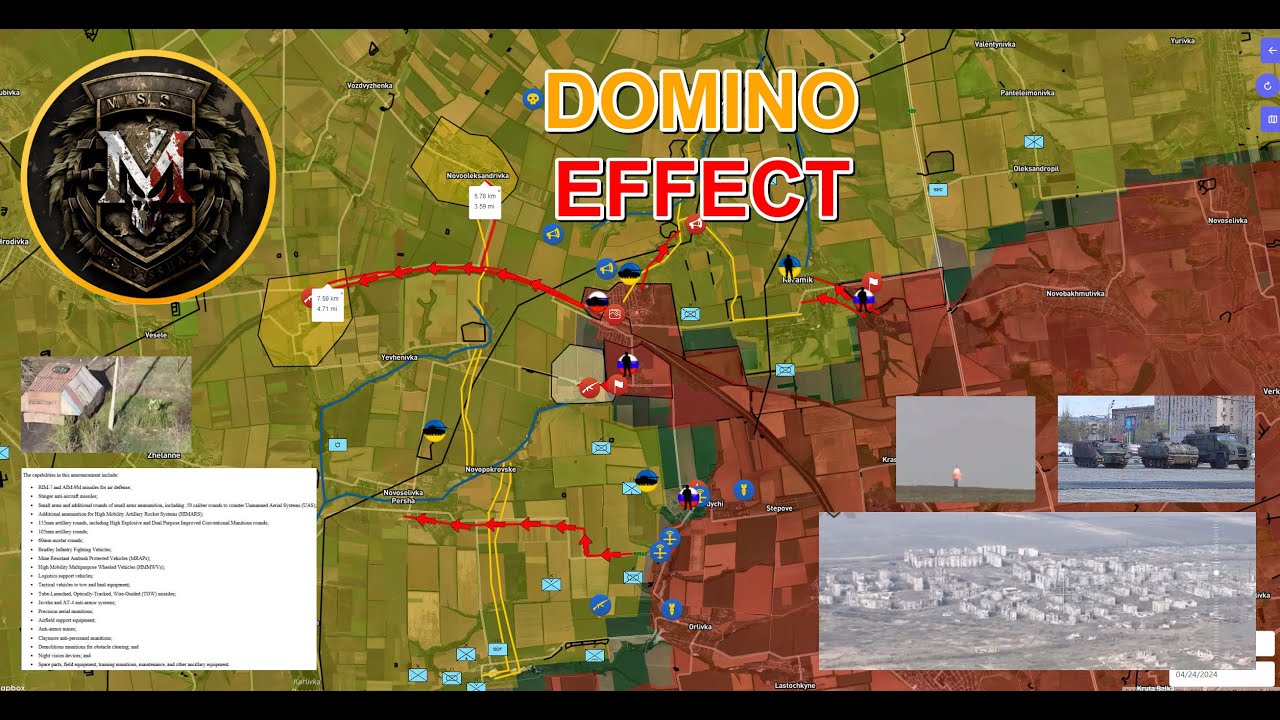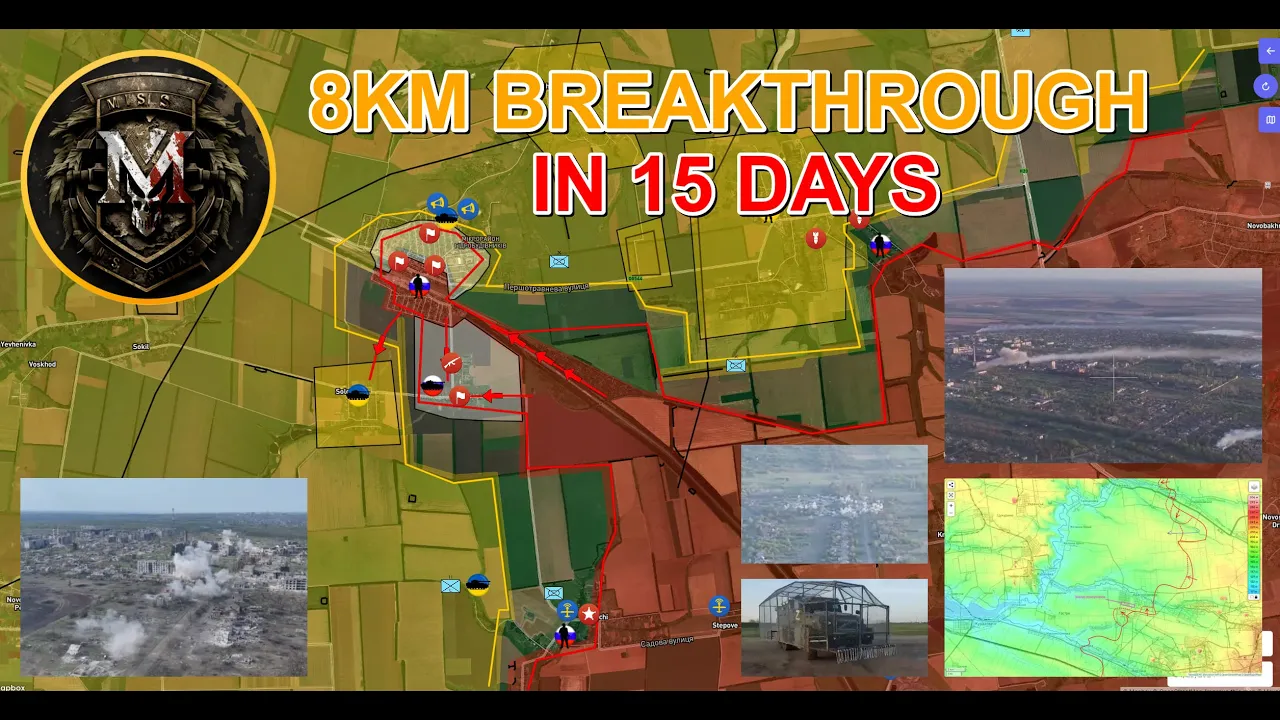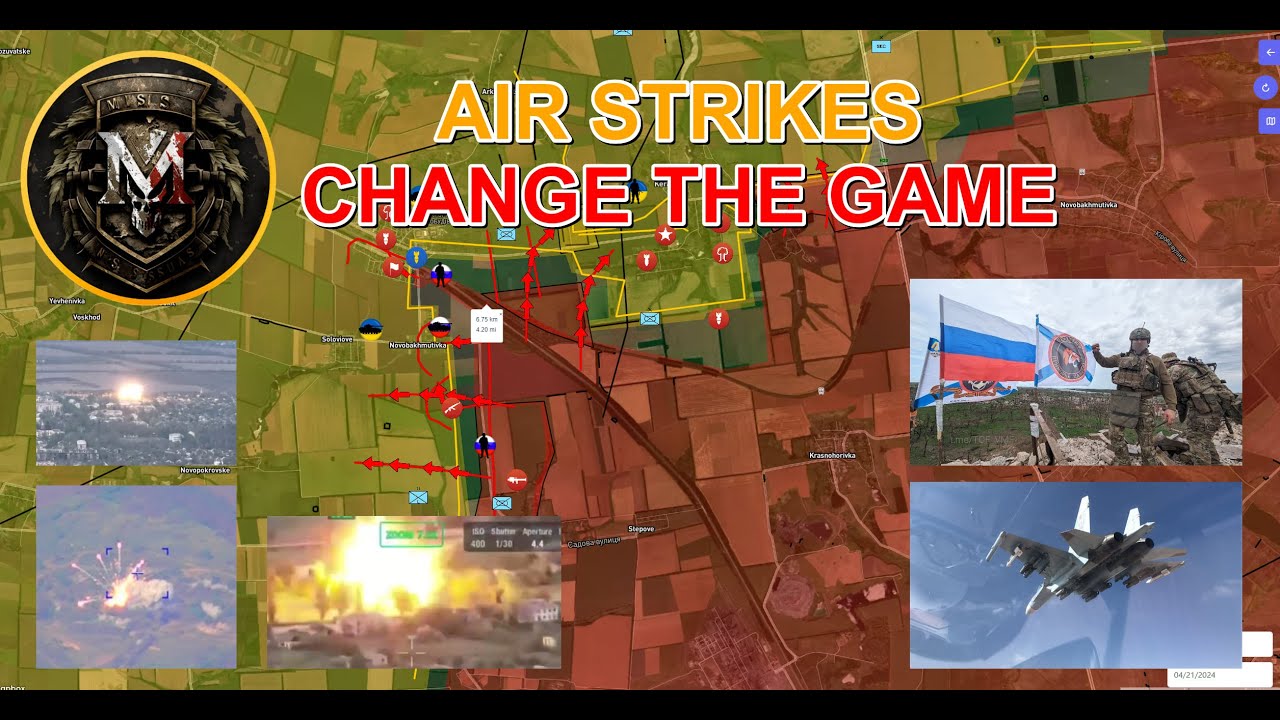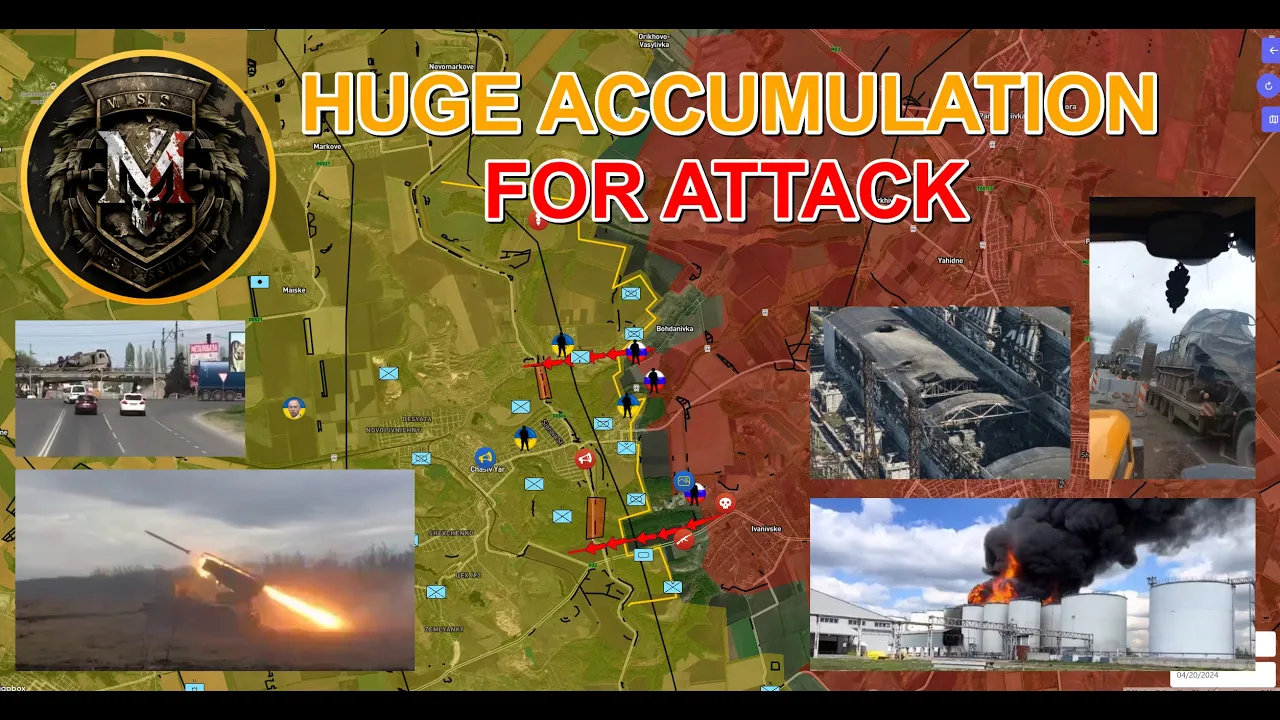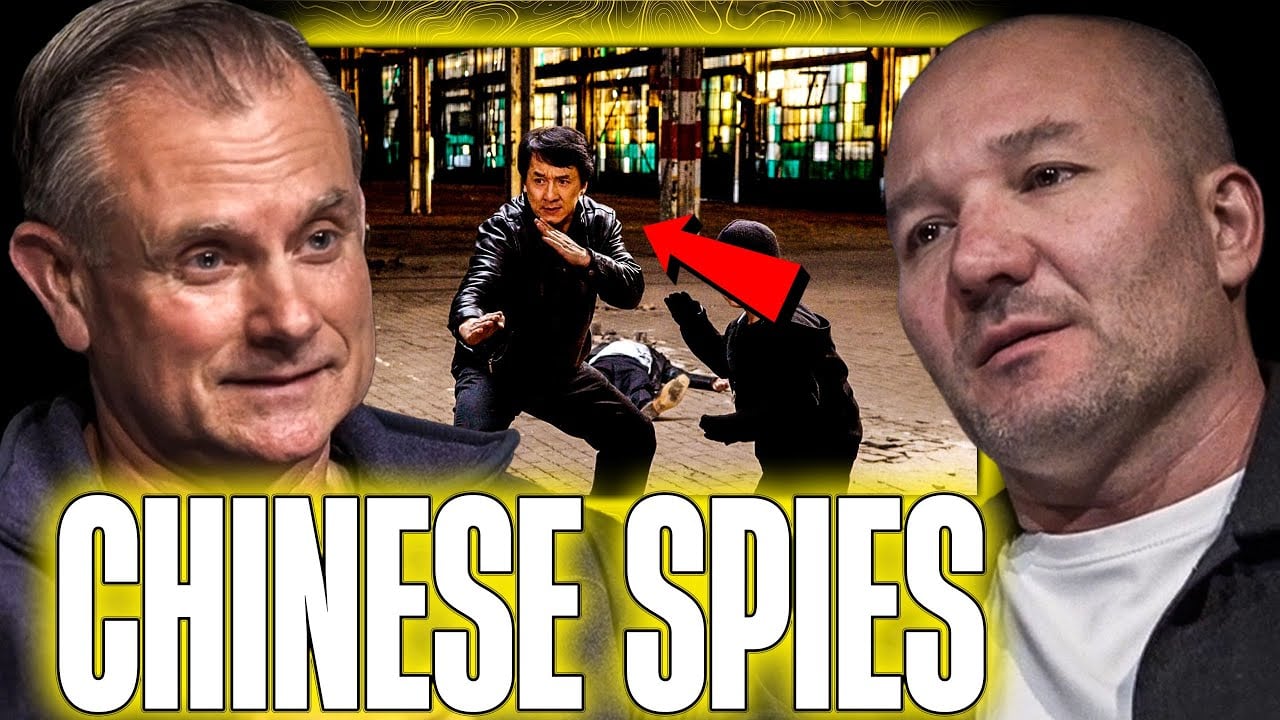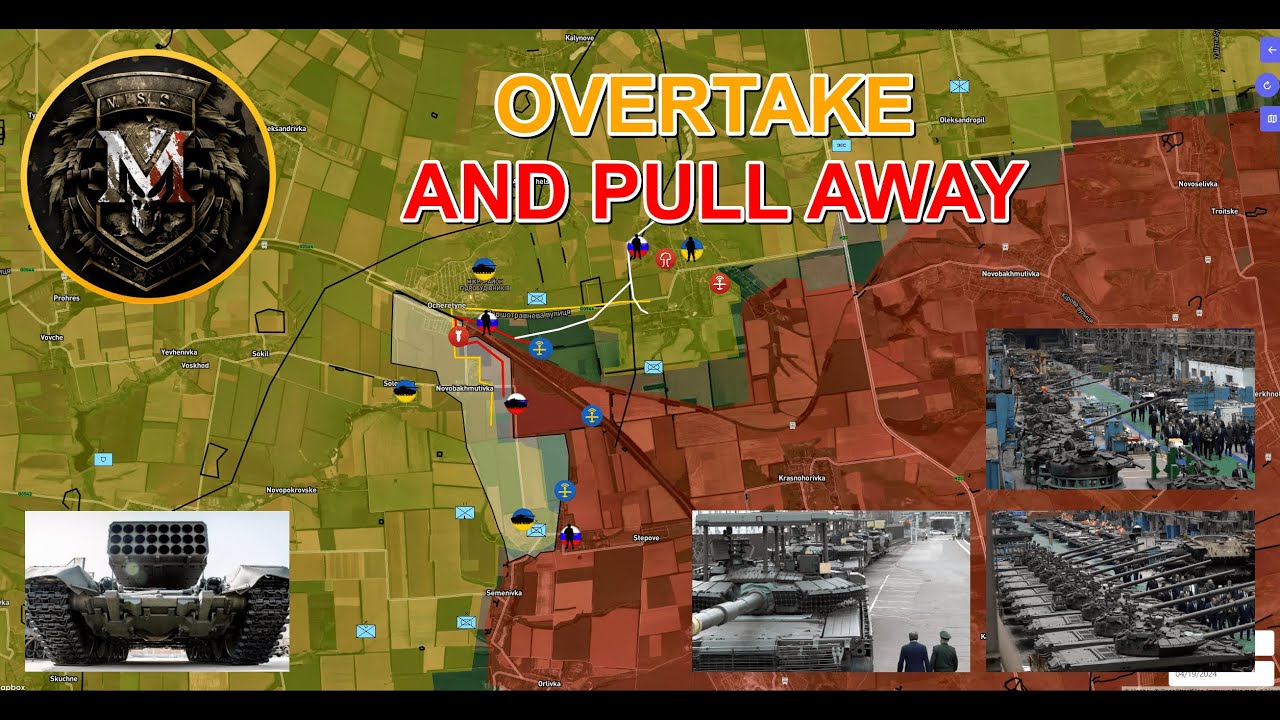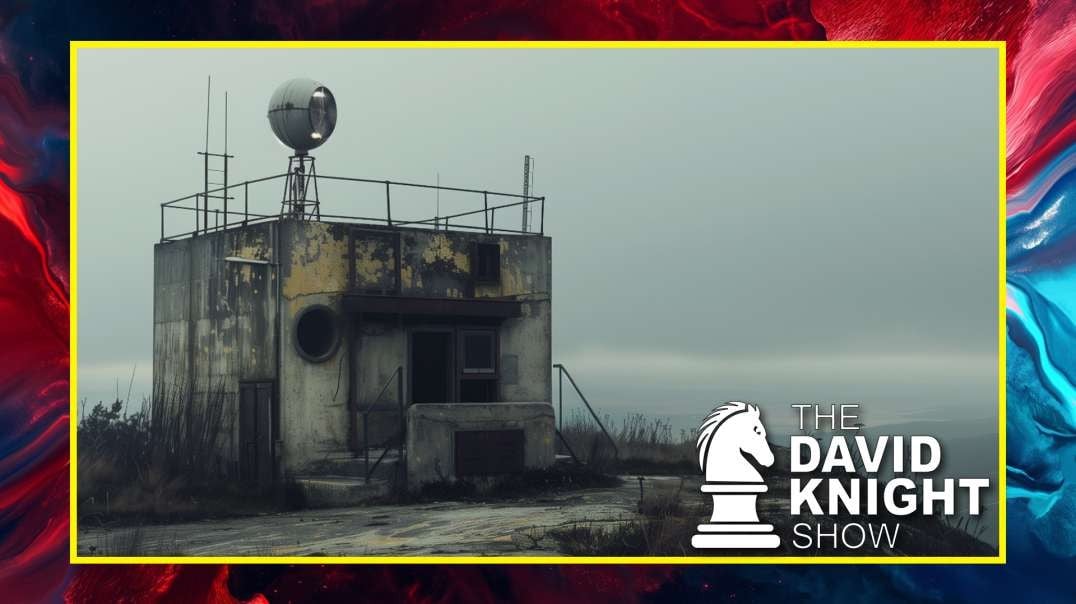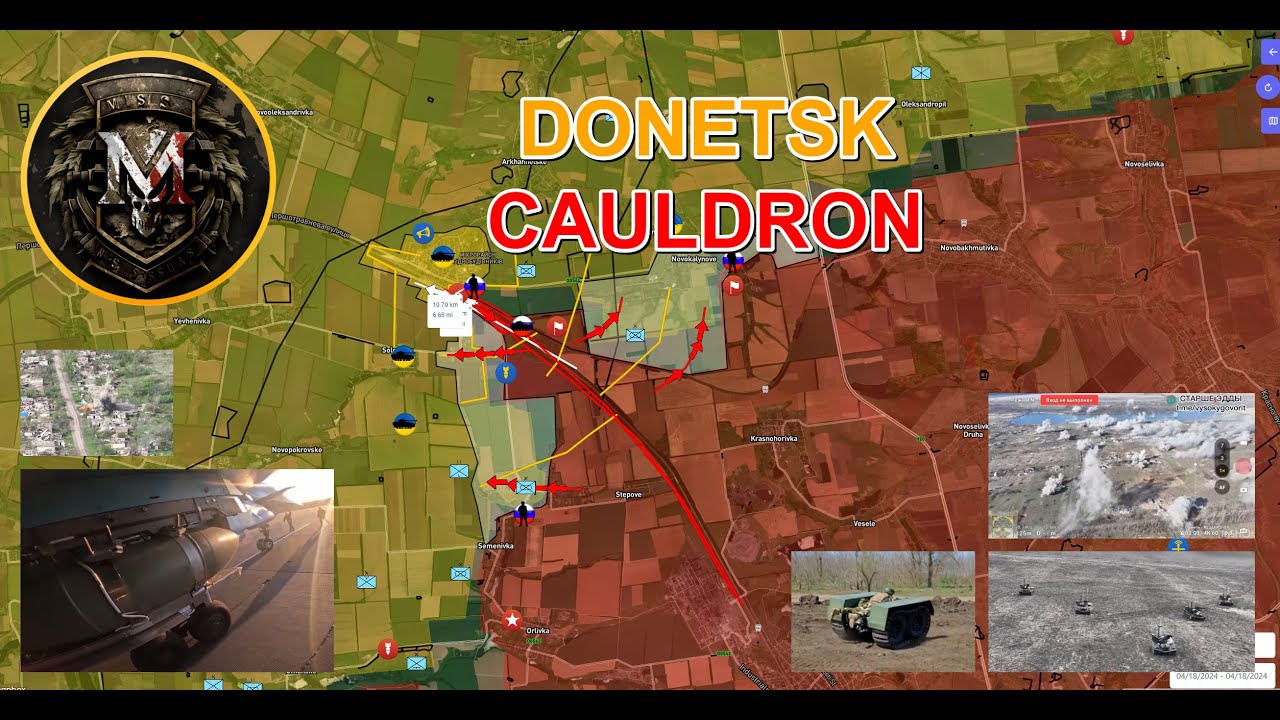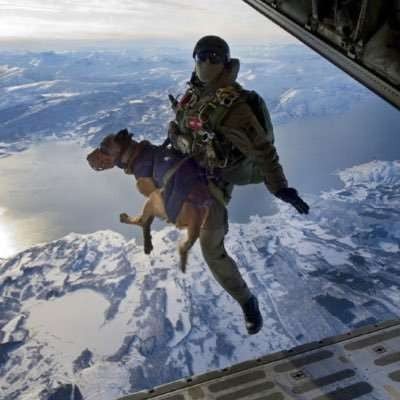TOP SECRET STEALTH HELICOPTER US Military UH-60 Ghost hawk Hollywood Model
A video of a Hollywood movie model of the top secret UH-60 Ghost hawk stealth helicopter used by the US Military. A helicopter is a type of rotorcraft in which lift and thrust are supplied by rotors. This allows the helicopter to take off and land vertically, to hover, and to fly forward, backward, and laterally. These attributes allow helicopters to be used in congested or isolated areas where fixed-wing aircraft and many forms of VTOL (vertical takeoff and landing) aircraft cannot perform.
The word helicopter is adapted from the French language hélicoptère, coined by Gustave Ponton d'Amécourt in 1861, which originates from the Greek helix (ἕλιξ) "helix, spiral, whirl, convolution"[1] and pteron (πτερόν) "wing".[2][3][4][5] English-language nicknames for helicopter include "chopper", "copter", "helo", "heli", and "whirlybird".
Helicopters were developed and built during the first half-century of flight, with the Focke-Wulf Fw 61 being the first operational helicopter in 1936. Some helicopters reached limited production, but it was not until 1942 that a helicopter designed by Igor Sikorsky reached full-scale production,[6] with 131 aircraft built.[7] Though most earlier designs used more than one main rotor, it is the single main rotor with anti-torque tail rotor configuration that has become the most common helicopter configuration. Tandem rotor helicopters are also in widespread use due to their greater payload capacity. Coaxial helicopters, tiltrotor aircraft, and compound helicopters are all flying today. Quadcopter helicopters pioneered as early as 1907 in France, and other types of multicopter have been developed for specialized applications such as unmanned drones.
Design features
Rotor system
The rotor system, or more simply rotor, is the rotating part of a helicopter that generates lift. A rotor system may be mounted horizontally, as main rotors are, providing lift vertically, or it may be mounted vertically, such as a tail rotor, to provide horizontal thrust to counteract torque from the main rotors. The rotor consists of a mast, hub and rotor blades.
The mast is a cylindrical metal shaft that extends upwards from the transmission. At the top of the mast is the attachment point for the rotor blades called the hub. The rotor blades are attached to the hub. Main rotor systems are classified according to how the rotor blades are attached and move relative to the hub. There are three basic types: hingeless, fully articulated, and teetering; although some modern rotor systems use a combination of these.
Anti-torque features
Most helicopters have a single main rotor, but torque created as the engine turns the rotor causes the body of the helicopter to turn in the opposite direction to the rotor (by conservation of angular momentum). To eliminate this effect, some sort of anti-torque control must be used.
The design that Igor Sikorsky settled on for his VS-300 was a smaller tail rotor. The tail rotor pushes or pulls against the tail to counter the torque effect, and this has become the most common configuration for helicopter design.
Some helicopters use other anti-torque controls instead of the tail rotor, such as the ducted fan (called Fenestron or FANTAIL) and NOTAR. NOTAR provides anti-torque similar to the way a wing develops lift through the use of the Coandă effect on the tailboom.[51]
Boeing CH-47 Chinook is the most common dual rotor helicopter deployed today
The use of two or more horizontal rotors turning in opposite directions is another configuration used to counteract the effects of torque on the aircraft without relying on an anti-torque tail rotor. This allows the power normally required to drive the tail rotor to be applied to the main rotors, increasing the aircraft's lifting capacity. There are several common configurations that use the counter-rotating effect to benefit the rotorcraft:
Tandem rotors are two counter-rotating rotors with one mounted behind the other.
Coaxial rotors are two counter-rotating rotors mounted one above the other with the same axis.
Intermeshing rotors are two counter-rotating rotors mounted close to each other at a sufficient angle to let the rotors intermesh over the top of the aircraft without colliding.
Transverse rotors are pair of counter-rotating rotors mounted at each end of the wings or outrigger structures. They are found on tiltrotors and some earlier helicopters.
Quadcopters have four rotors often with parallel axes (sometimes rotating in the same direction with tilted axes) which are commonly used on model aircraft.
Tip jet designs let the rotor push itself through the air and avoid generating torque.[52]
Engines[edit]
Main articles: Aircraft engine and Turboshaft
The number, size and type of engine(s) used on a helicopter determines the size, function and capability of that helicopter design.

